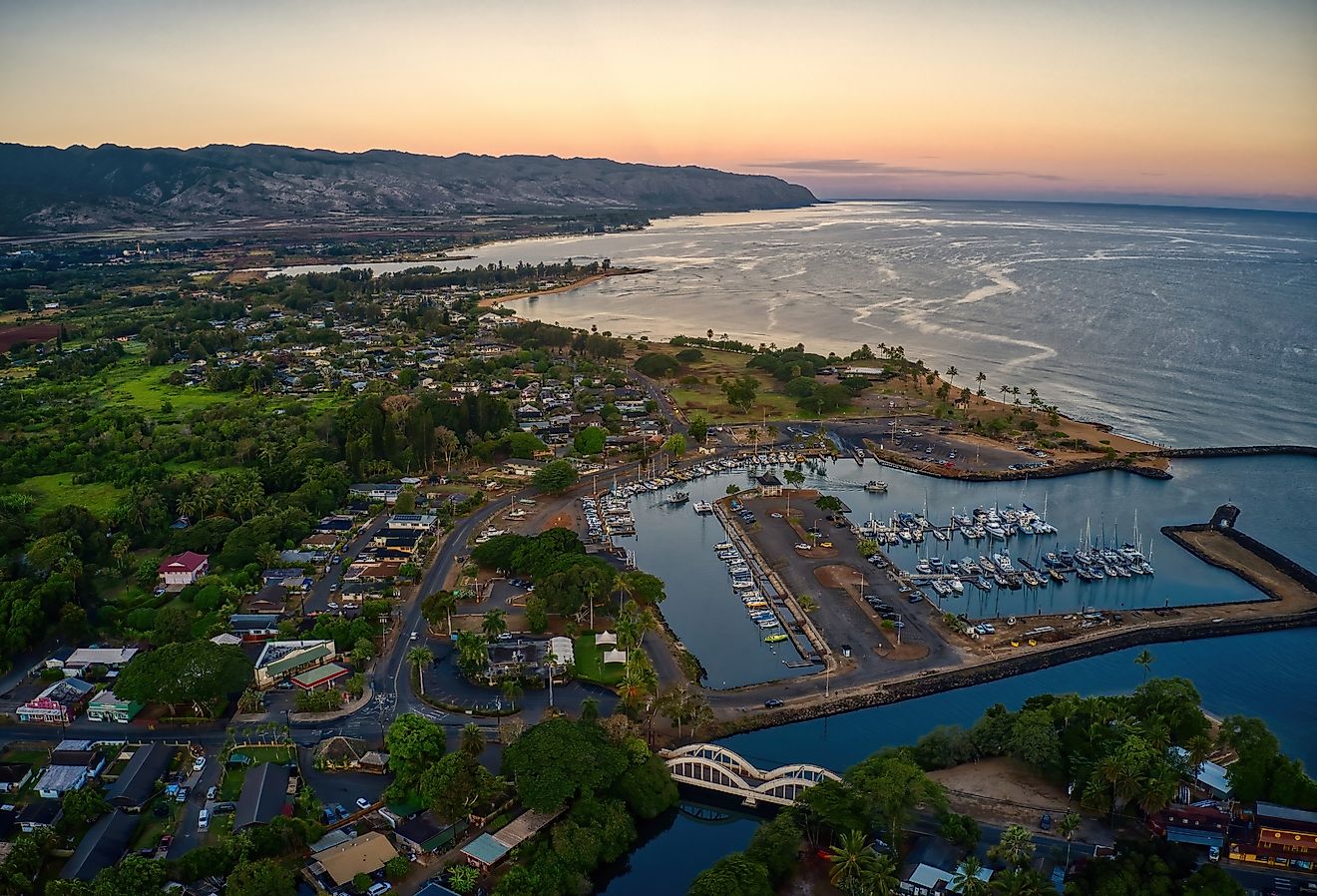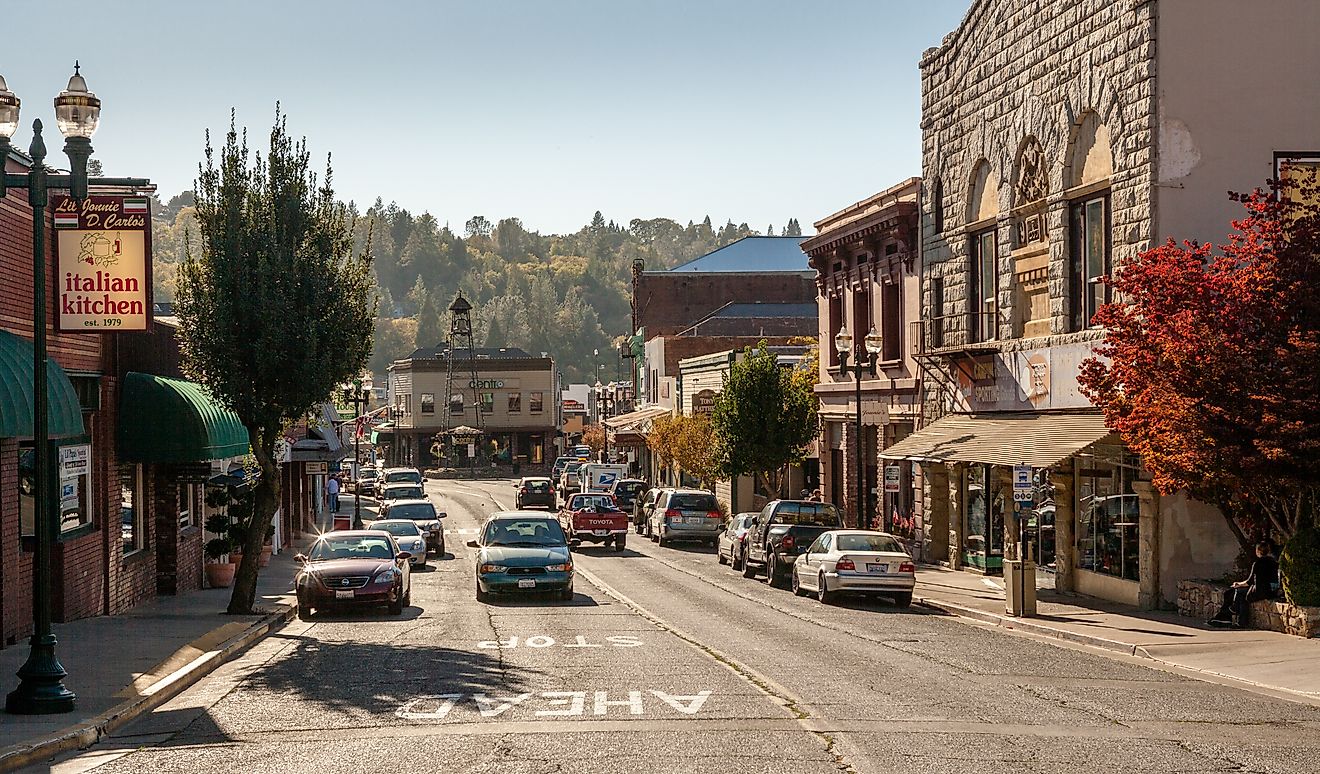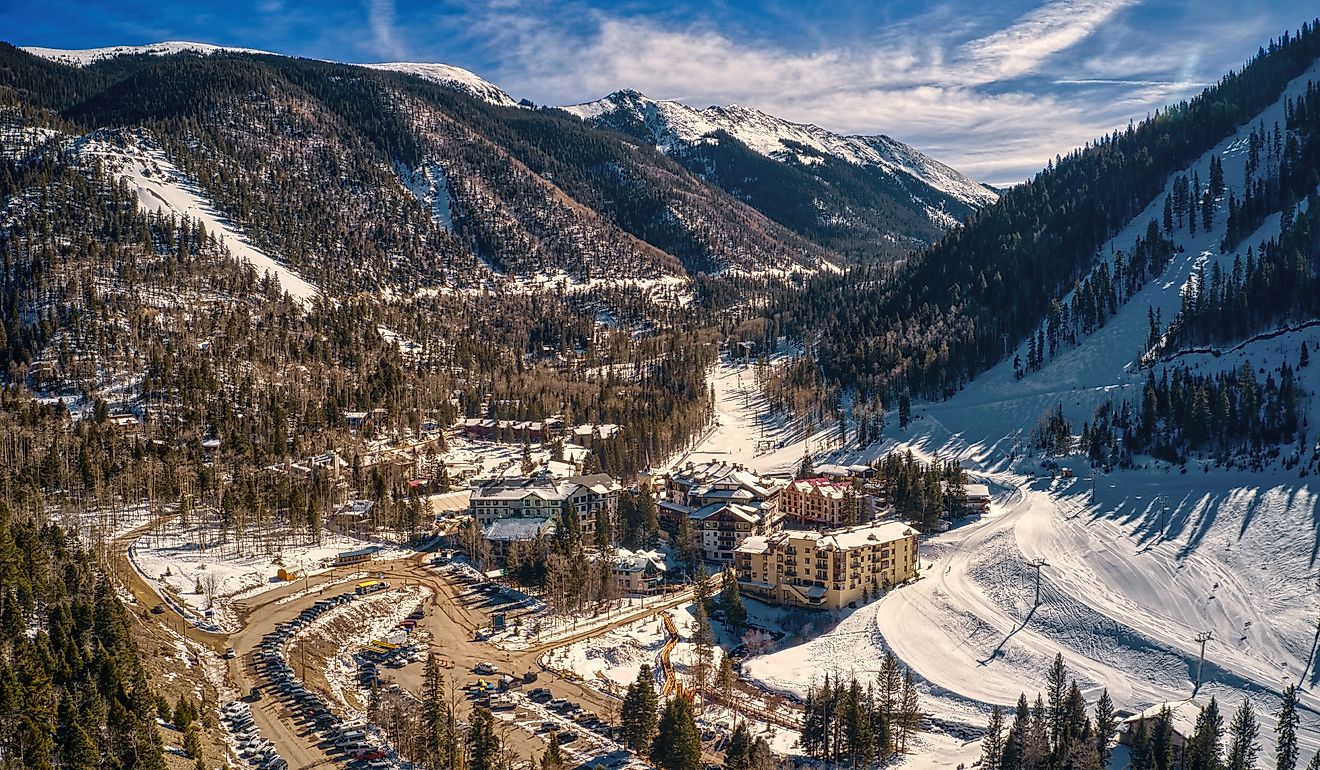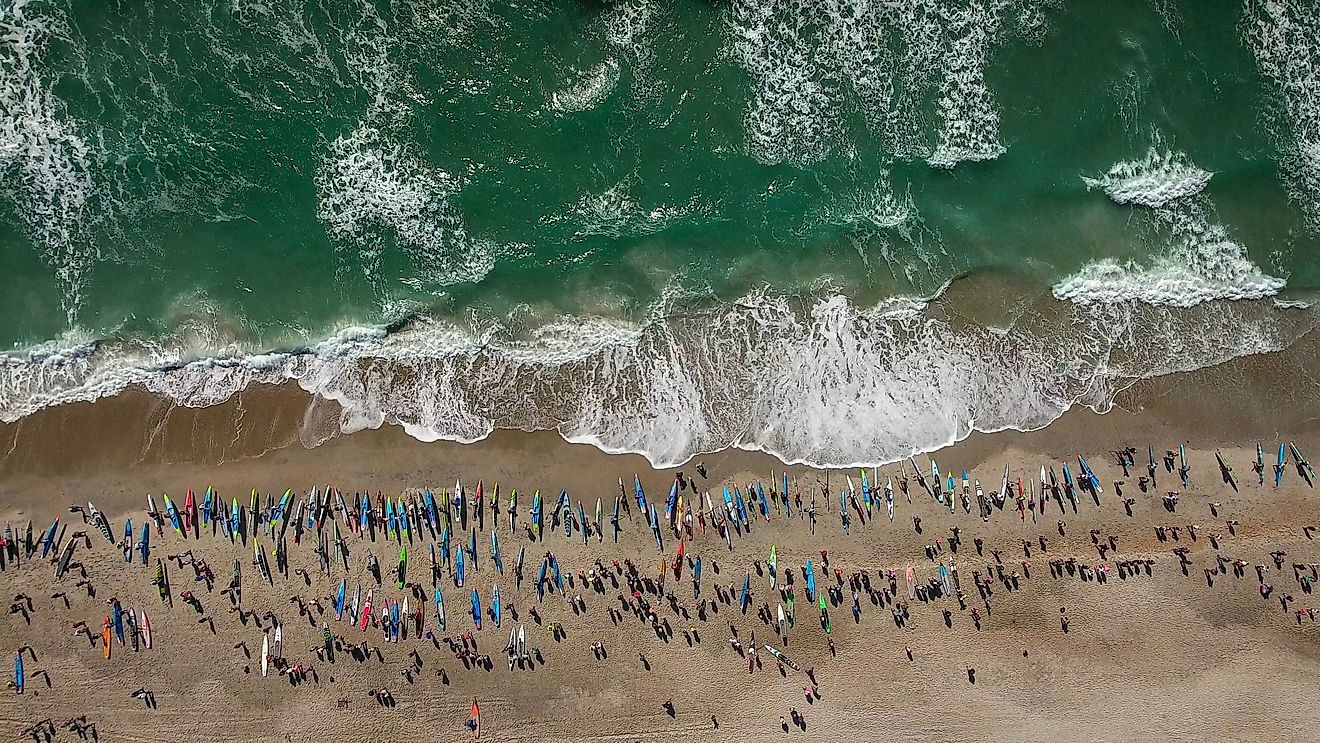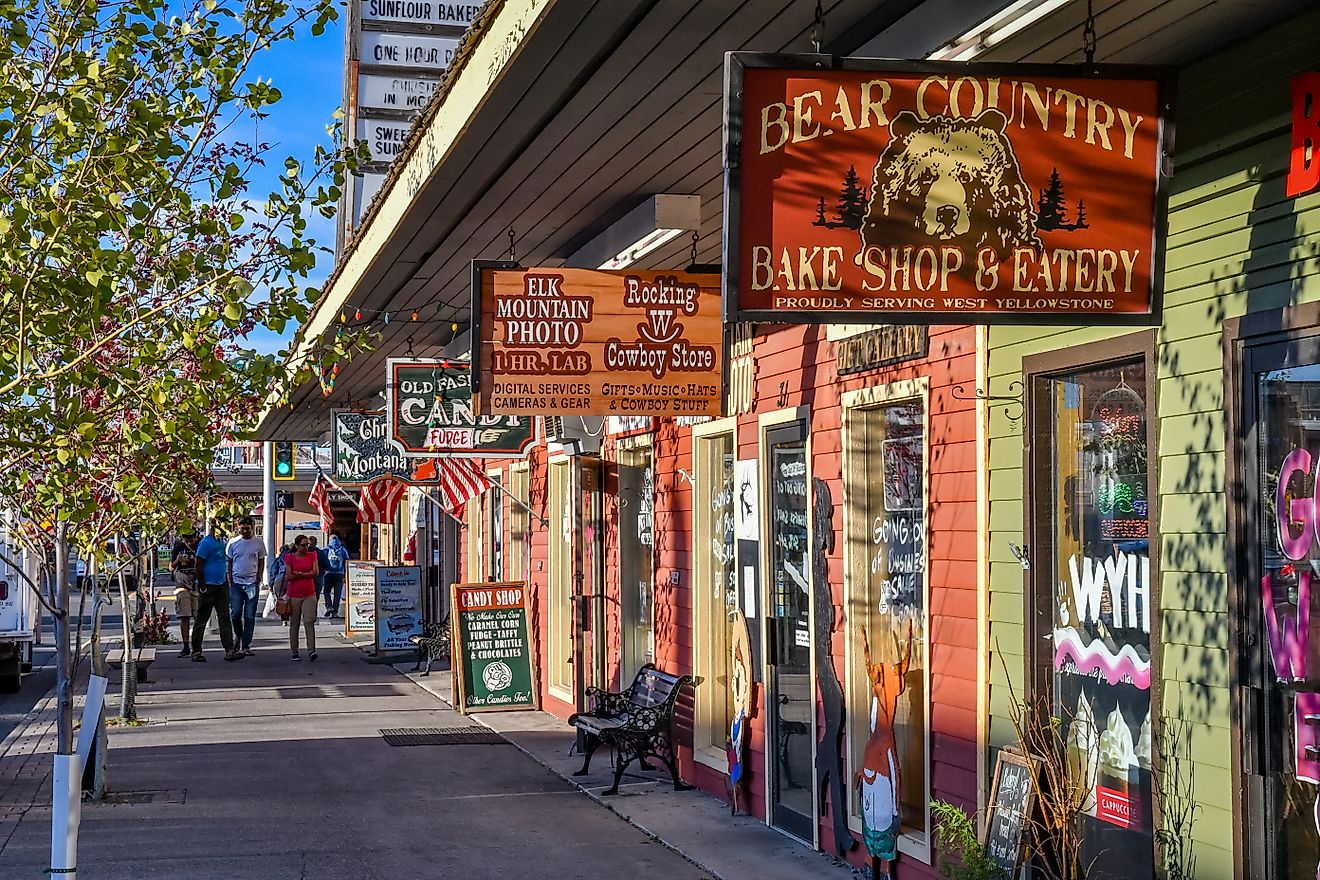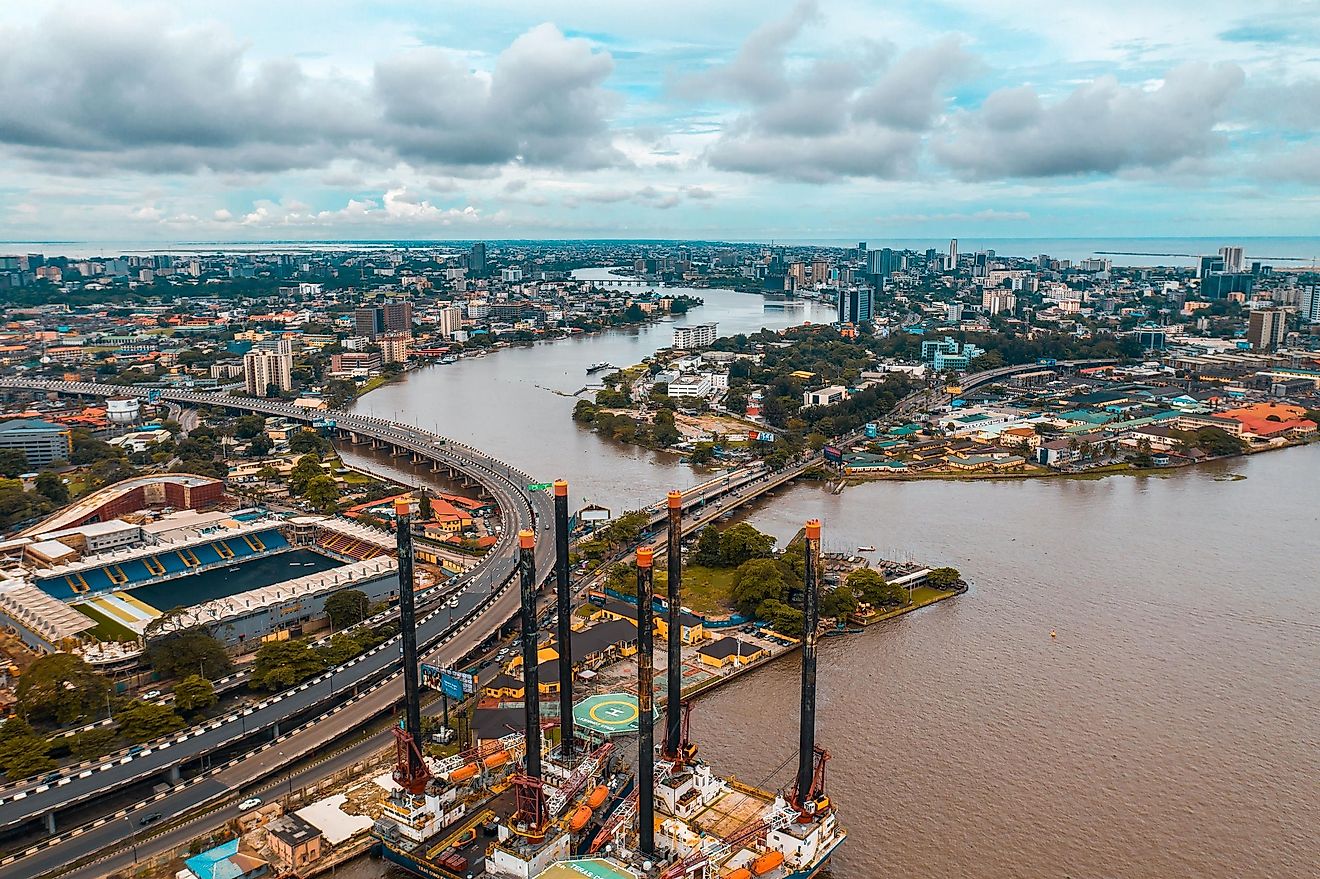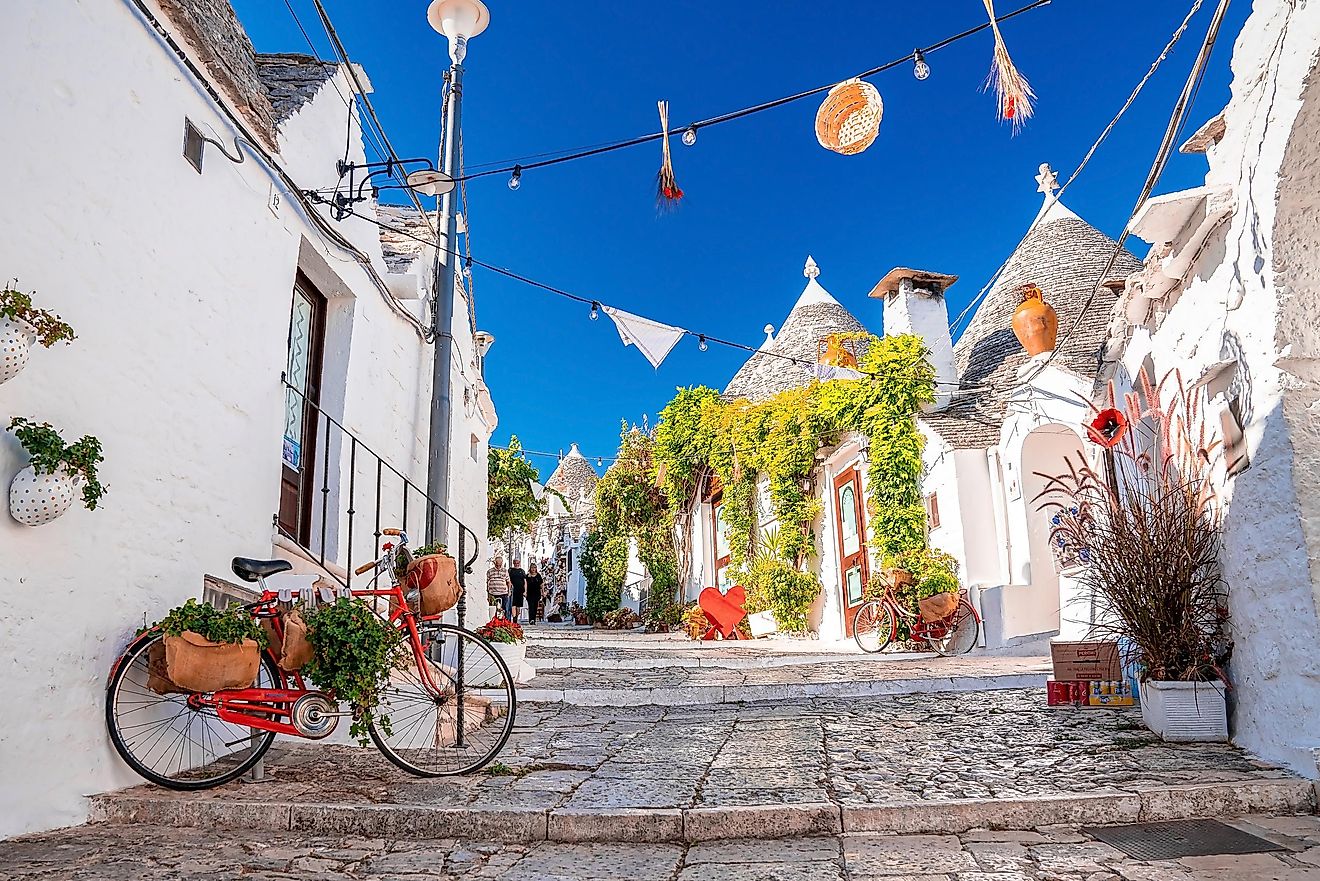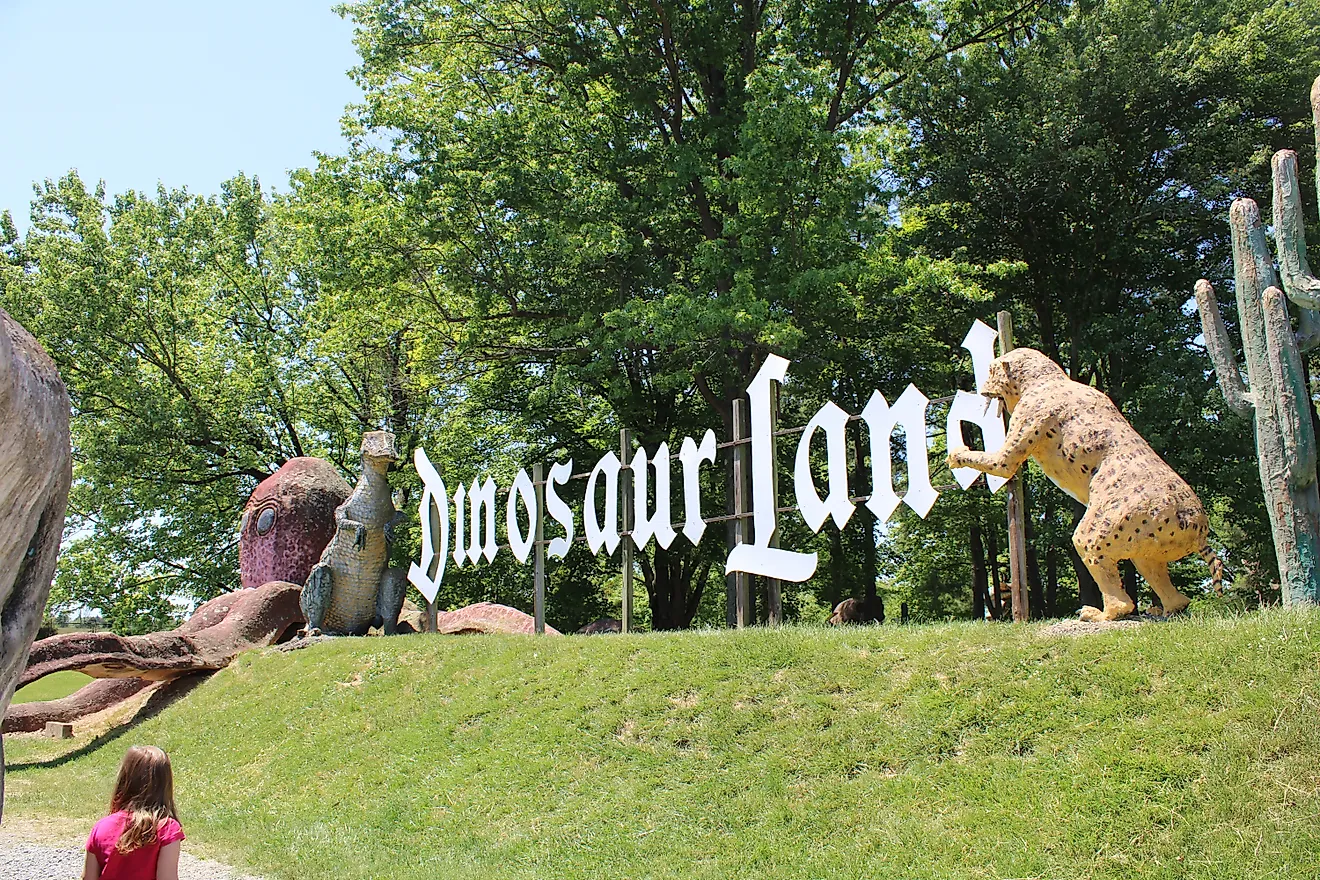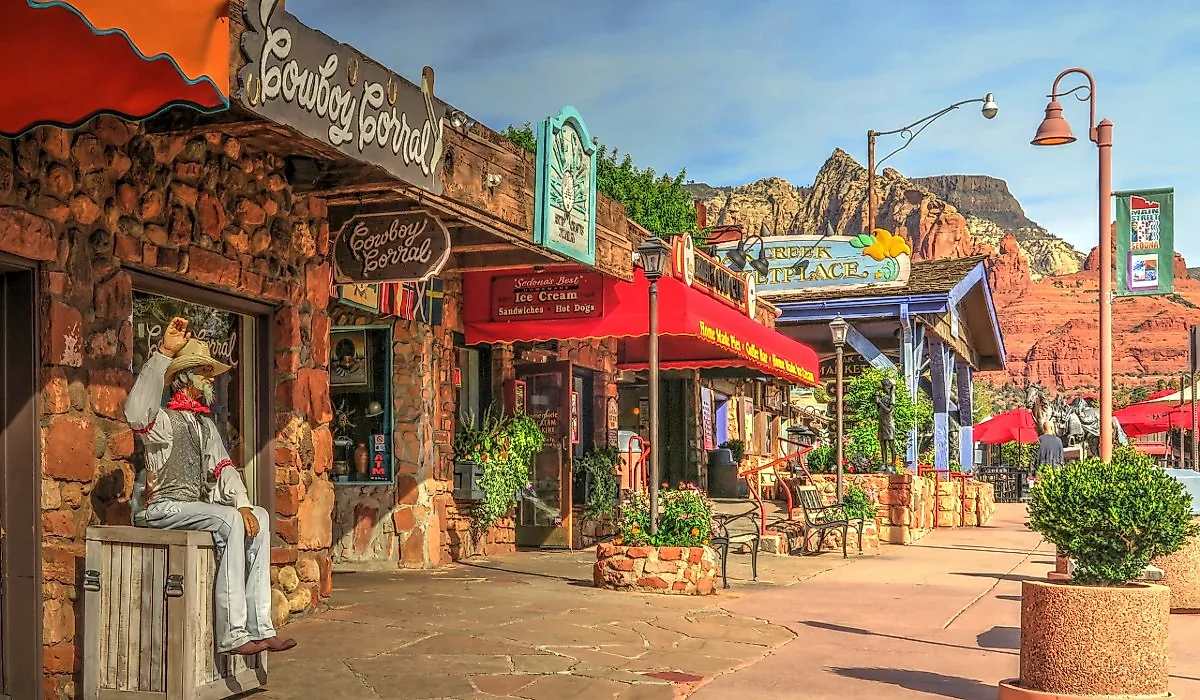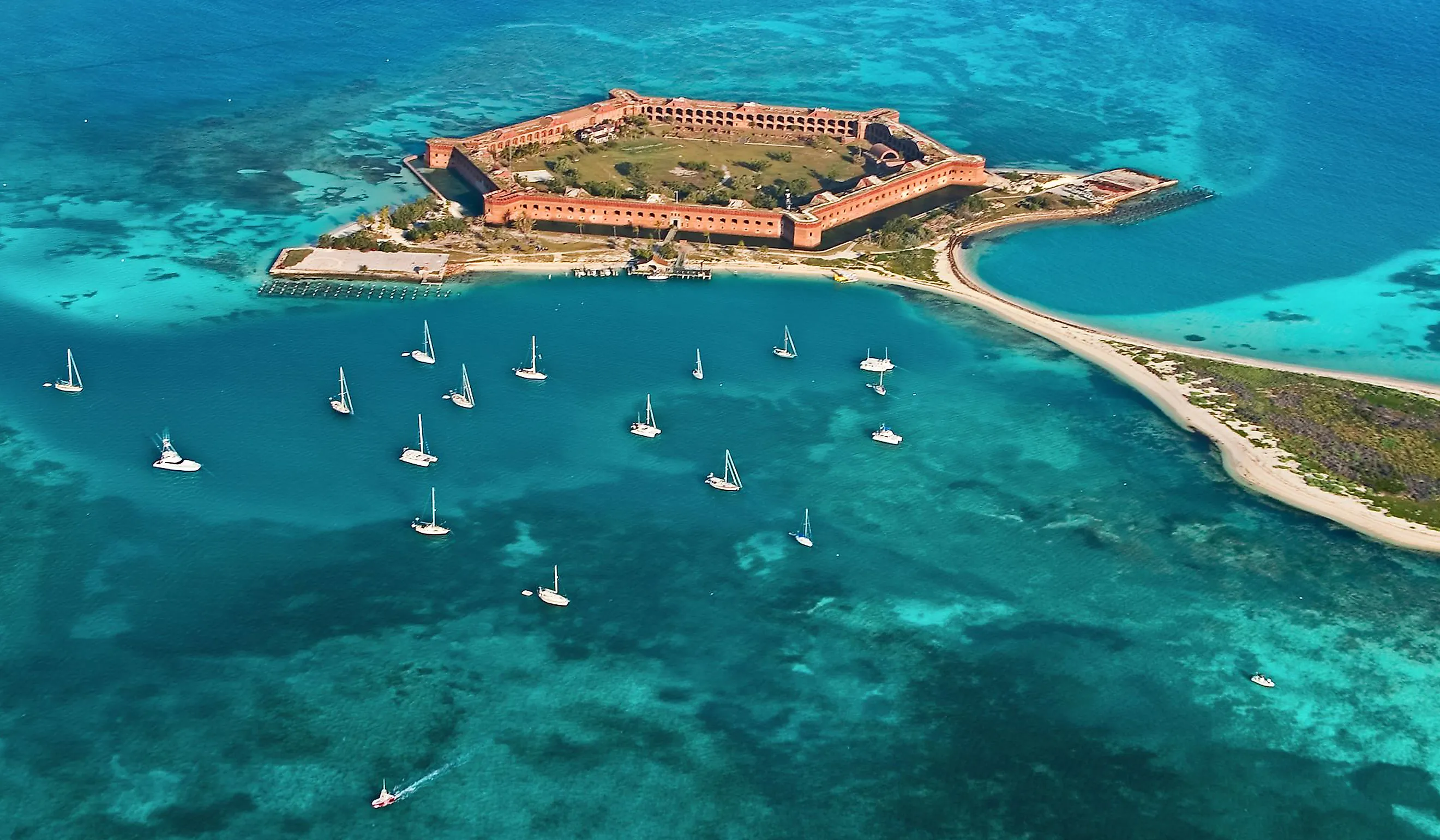
6 National & State Parks In Florida You Have To Visit
Florida is home to a plethora of beloved national and state parks, each of which casts light on the state’s robust natural and human histories. From subtropical wetlands and coral reefs to inland forests and old-timey forts, these protected areas provide important habitats for wildlife while offering opportunities for exploration and education at the same time.
At the parks we will be highlighting below, you can experience ecosystems found nowhere else in the United States, including tropical woodlands, clear freshwater springs that maintain constant temperatures, expansive coastal mangroves, and more! Whether reached by car, boat, or even seaplane, these attractions present a direct way to better understand the landscapes that shape the Sunshine State's environments, history, and top recreational destinations year-round.
Everglades National Park
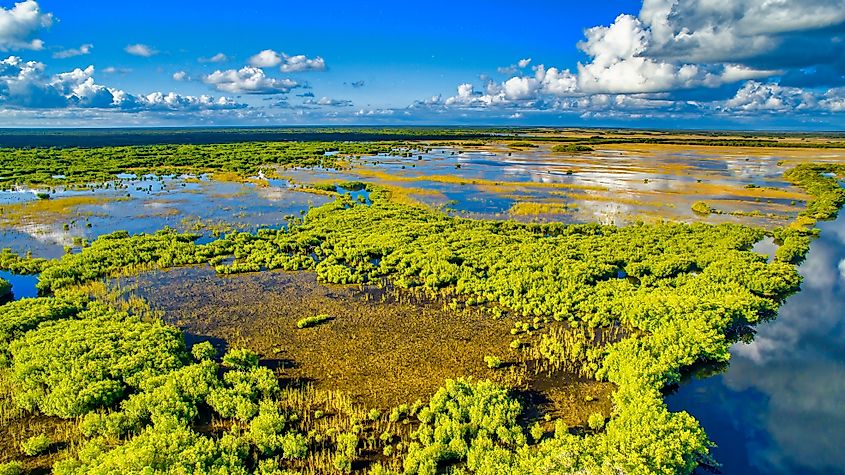
Everglades National Park is the largest subtropical wilderness in the United States and a critical habitat for a number of rare and endangered species. Covering well over 1.5 million acres just outside Miami, this massive park contains a vast network of wetlands, mangroves, cypress swamps, and even some prairies. Notably, it is home to wildlife such as American alligators, Florida panthers, West Indian manatees, and over 360 bird species, making it a major destination for wildlife observation, both professional and amateur.
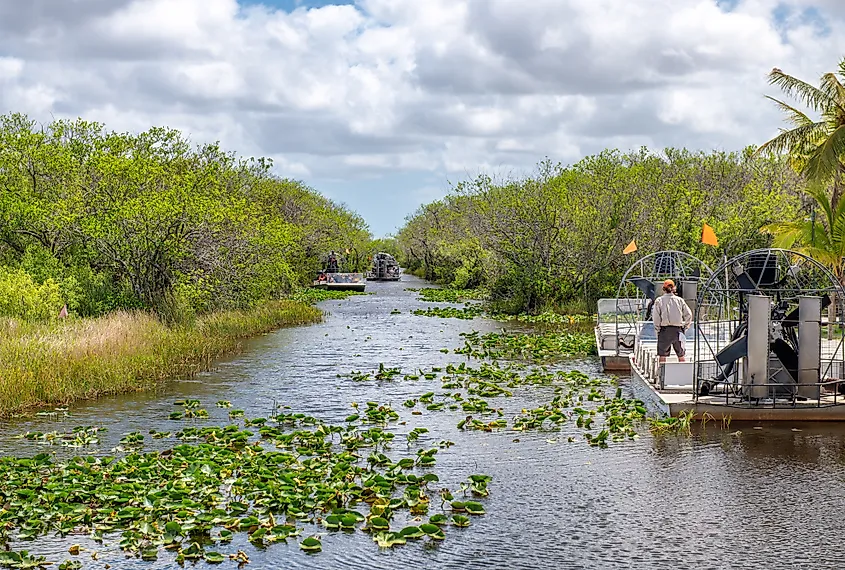
Here, you can explore via several access points, including Shark Valley, Flamingo, and Gulf Coast. Shark Valley features a 15-mile loop road, ideal for biking and tram tours, with a 70-foot observation tower overlooking the landscape. Moreover, the Anhinga Trail near the Homestead entrance provides a short boardwalk where animal sightings are frequent. Furthermore, a variety of canoeing and kayaking routes extend into mangrove estuaries and freshwater marshes, giving a close look at some of the park’s tougher-to-access ecosystems.
Designated a UNESCO World Heritage Site, a Biosphere Reserve, and a Wetland of International Importance, the Everglades is a highly acclaimed park for several good reasons. It also plays a key role in South Florida’s water system, filtering and supplying freshwater for human residents all across the region.
Biscayne National Park
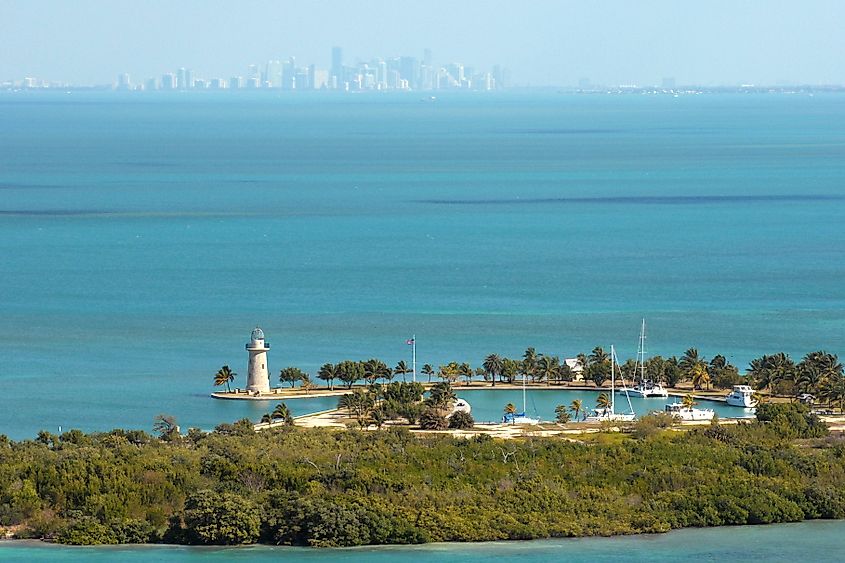
Biscayne National Park protects a large stretch of southern Florida’s coastline and territorial waters, with 95 percent of the park covered by the Atlantic Ocean. Its boundaries include coral reefs, mangrove forests, lively shallow bays, and the northernmost islands of the Florida Keys. This pleasant mix boasts an array of marine life, including sea turtles, dolphins, and hundreds of fish species. The park is also an important site for preserving fragile coral reef environments, which face ongoing threats from climate change and increasing human activity.
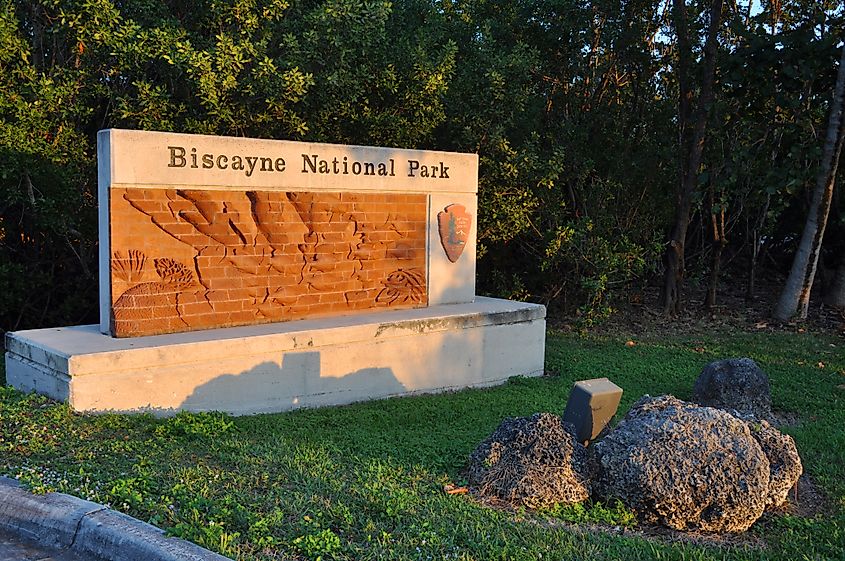
The park is accessible from the Dante Fascell Visitor Center near the city of Homestead, where curated exhibits explain the national park's cultural and natural history. Activities in the park, as you may have imagined, are primarily water-based, with tons of opportunities for snorkeling, scuba diving, and boating. The area's longstanding maritime heritage is another focus, highlighted by the “Shipwreck Trail,” a series of historic wrecks that divers can explore.
Since much of the park has to be reached by boat, guided tours are available to islands such as Boca Chita Key, where historic lighthouses stand among other landmarks of interest spread throughout.
Myakka River State Park
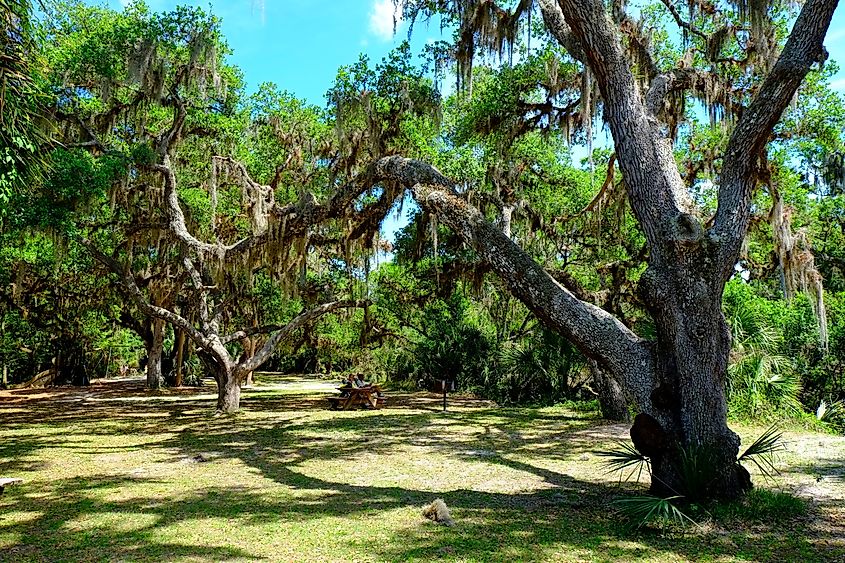
Myakka River State Park, located near Sarasota, is one of Florida’s oldest and largest state parks. Spanning over 37,000 acres, it oversees a variety of native habitats, including expanses of prairies, wetlands, hammocks, and pinelands, all centered around none other than the Myakka River. Recognized for its sheer biodiversity, a visit to this park will likely come with sightings of alligators, wading birds, and lots of other wildlife.
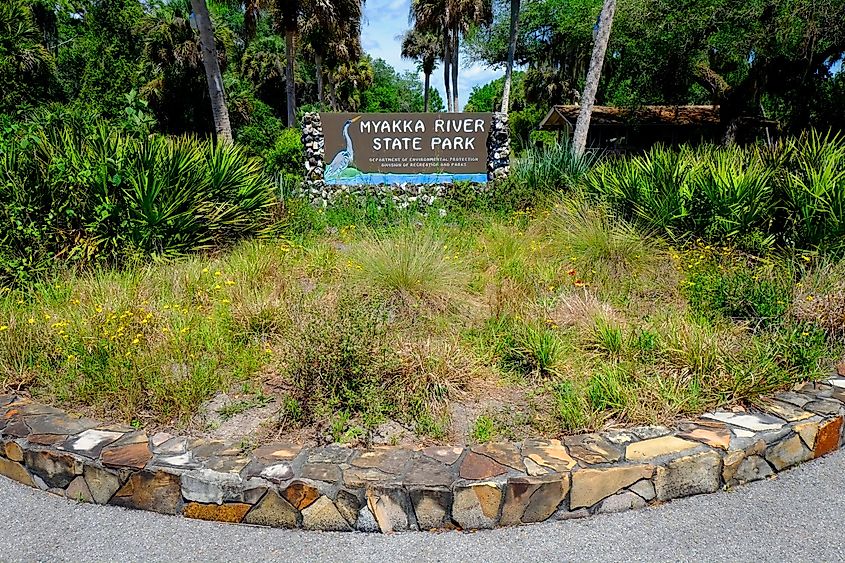
Visitors have access to 58 square miles of wilderness, with trails suitable for hiking, biking, and horseback riding. The Myakka Canopy Walkway, an elevated boardwalk and tower, provides a more unique view above the treetops, while the park’s two large lakes allow boating, kayaking, and airboat tours. Designated fishing areas attract anglers, too. Moreover, seasonal tram and boat tours operate within Myakka's boundaries, offering an expert overview of the landscape and its precious biomes. If you'd like to stay overnight, Myakka River State Park also includes campgrounds and cabins, making it an ideal destination for extended visits.
As a designated Wild and Scenic River, the Myakka River is, of course, central to the park’s conservation efforts. Maintaining it has become vital for both the park's natural habitats and the quality of the water going to local towns and cities.
Dry Tortugas National Park
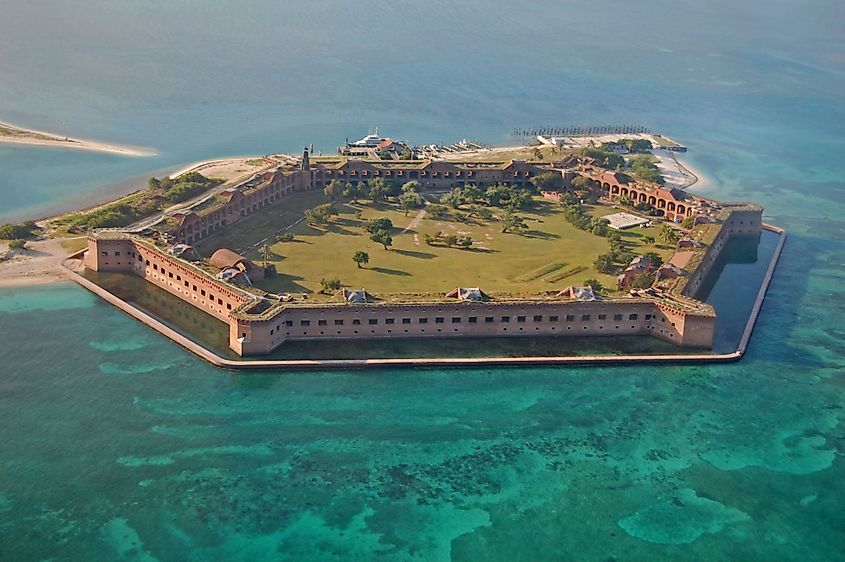
Dry Tortugas National Park sits near Key West and is reachable only by boat or seaplane. Encompassing 100 square miles, most of the park consists of open water, with seven small islands forming its core. The park is perhaps best known for Fort Jefferson, a massive coastal fortress, built between 1846 and 1875, that remains one of the largest masonry structures in the Western Hemisphere.
Garden Key, where Fort Jefferson stands, serves as the main hub for visitors, offering limited camping and guided tours of the historic fort. Note that, due to its isolation, facilities are minimal, and you must plan ahead, bringing supplies for food, water, and camping if you choose to do so.
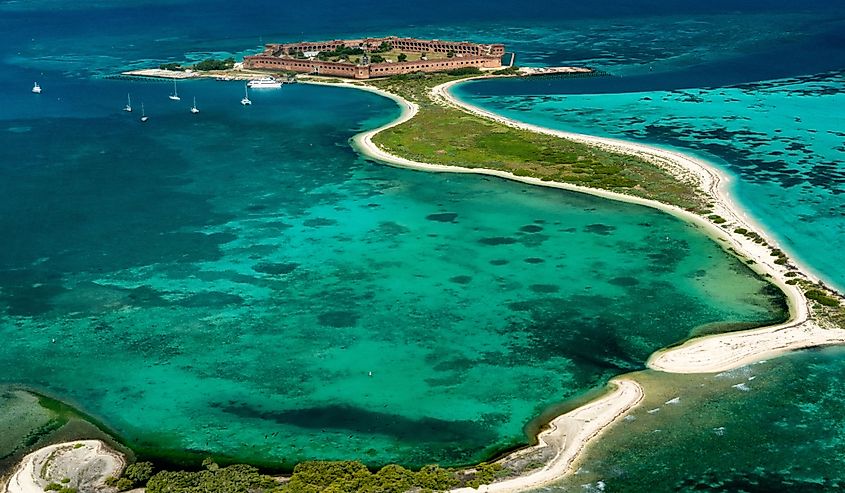
On the natural side of things, the Dry Tortugas' remote setting helps preserve a flourishing marine environment. Nearby coral reefs support numerous fish species, sea turtles, and seabirds, and the surrounding waters are popular for snorkeling and diving because of that. Birdwatching is another significant activity here, especially during spring migration when species such as sooty terns and brown noddies gather in large numbers.
Ocala National Forest
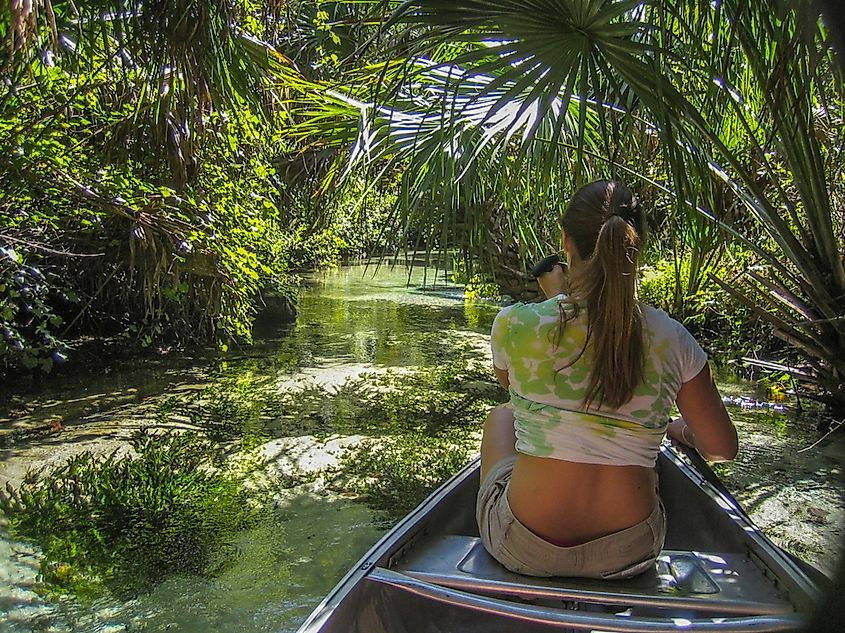
Unlike Florida's many coastal parklands, Ocala National Forest sits smack dab in the center of the state, covering roughly 440,000 acres. More than 600 lakes, rivers, and springs are located within its boundaries, making it a major destination for freshwater recreation of all sorts. It is also notably the southernmost national forest in the continental United States, presiding over pine flatwoods, cypress swamps, and scrub habitats unique to the region.
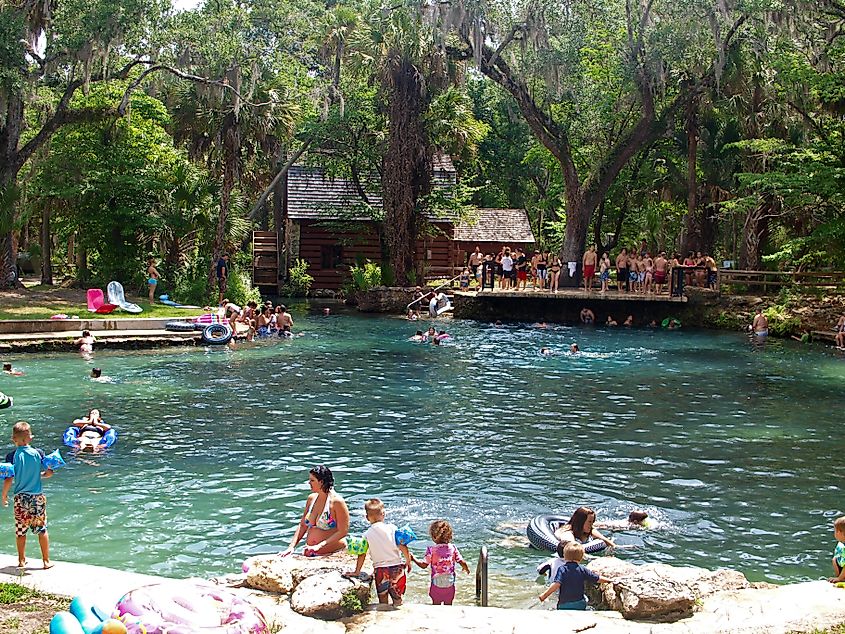
Some of its most visited areas are the natural springs, including Juniper Springs, Silver Glen Springs, and Alexander Springs. These crystal-clear waters remain a constant 72 degrees year-round, attracting swimmers, snorkelers, and paddlers alike. Be sure to consider a day out on one of the park's canoe trails, too, particularly the 7-mile Juniper Run, considered among the best of its kind in the state.
Hiking and backcountry camping here are popular as well, with hundreds of miles of trails, sometimes accompanied by dispersed primitive campsites, ranging from short boardwalks to sections of the Florida National Scenic Trail. Watch out for the abundant local wildlife, which includes black bears, sandhill cranes, and other species adapted to Florida’s interior scrublands.
Big Cypress National Preserve
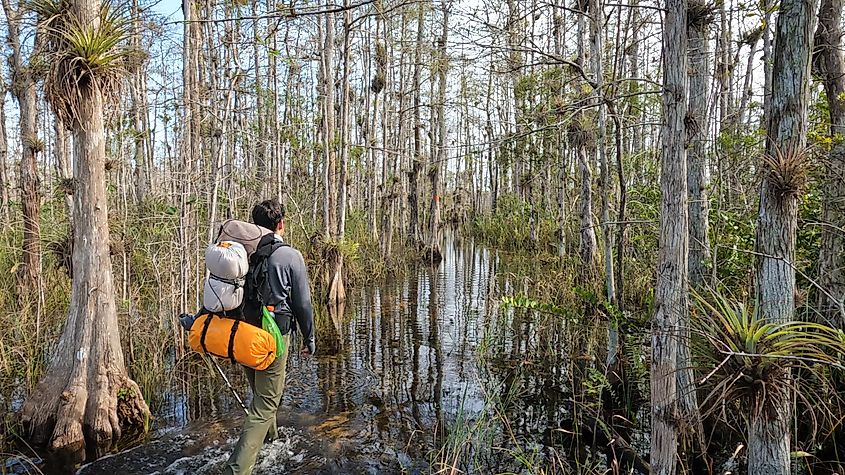
Big Cypress National Preserve encompasses yet another epic swampland in Florida. It was established in 1974 as the first national preserve in the United States, created to balance environmental protection with traditional recreational uses such as hunting. Today, the preserve mainly exists to look after critical habitat for endangered species, including the Florida panther, and serves as an essential freshwater source for the Everglades just south of it.
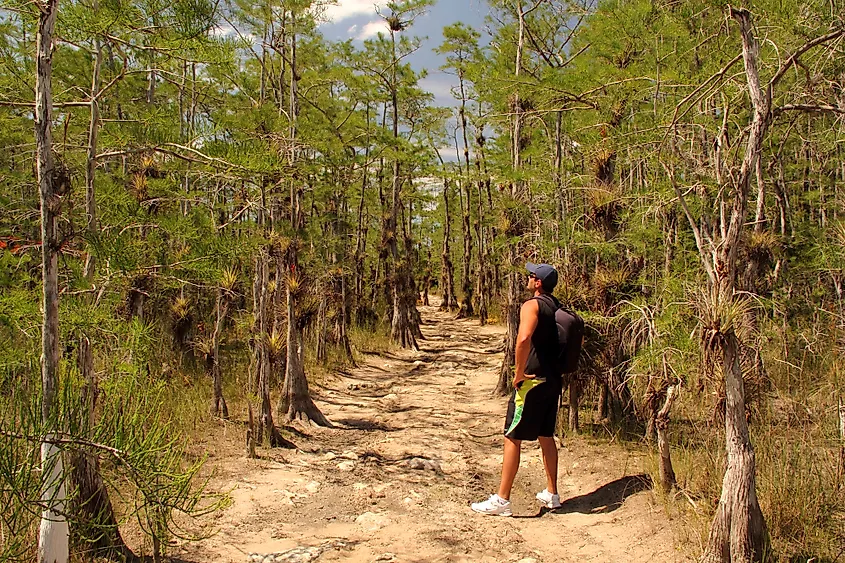
You can get into the preserve through multiple entrances along U.S. Highway 41 and Interstate 75. Outdoor activities that can be engaged in include hiking, birdwatching, kayaking, and, for a more laid-back outing, scenic drives, such as the 24-mile Loop Road, which passes through swamps and lush hardwood hammocks. Rangers also often lead guided swamp walks and canoe trips, offering some fun educational insight into the preserve's diverse environment.
Unlike most national parks, Big Cypress still allows regulated hunting and off-road vehicle use. Traditional tribal practices by the Miccosukee and Seminole people also commonly take place within it. Its unique management approach reflects the need to conserve the land while respecting cultural and historical, and recreational connections for all.
Explore Florida's Wildernesses Today
These national and state parks of Florida protect some of the most distinctive environments in the entire country, from marine ecosystems to inland forests and impossibly large wetlands. Each site mentioned above offers its own balance of outdoor recreation, beautiful scenery, and conservation, making them valuable destinations for vacationers and residents alike seeking a refreshing escape from big city life.
